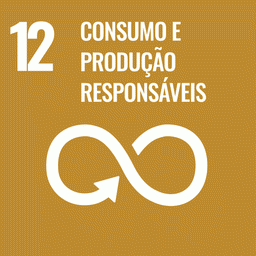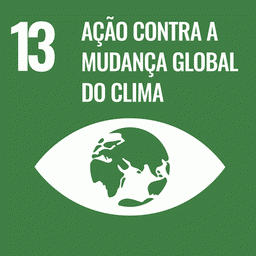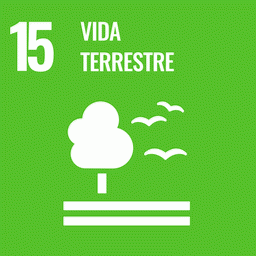Brazil’s leadership in soybean and maize production depends on predictable rainfall in the Amazon-Cerrado agricultural frontier. Here we assess whether agricultural expansion and intensification in the region are approaching a climatic limit to rainfed production. We show that yields decline in years with unusually low rainfall or high aridity during the early stages of crop development—a pattern observed in rainfed and irrigated areas alike. Although agricultural expansion and intensification have increased over time, dry–hot weather during drought events has slowed their rate of growth. Recent regional warming and drying already have pushed 28% of current agricultural lands out of their optimum climate space. We project that 51% of the region’s agriculture will move out of that climate space by 2030 and 74% by 2060. Although agronomic adaptation strategies may relieve some of these impacts, maintaining native vegetation is a critical part of the solution for stabilizing the regional climate.
Assentamentos Sustentáveis na Amazônia: agricultura familiar e sustentabilidade ambiental na maior floresta tropical do mundo.
O Projeto Assentamentos Sustentáveis (PAS), que o IPAM coordenou entre 2012 e 2017, promoveu uma agricultura familiar capaz de enfrentar um futuro de clima alterado, mas sem deixar de ser próspera e atraente, especialmente à nova geração de produtores. O projeto...


